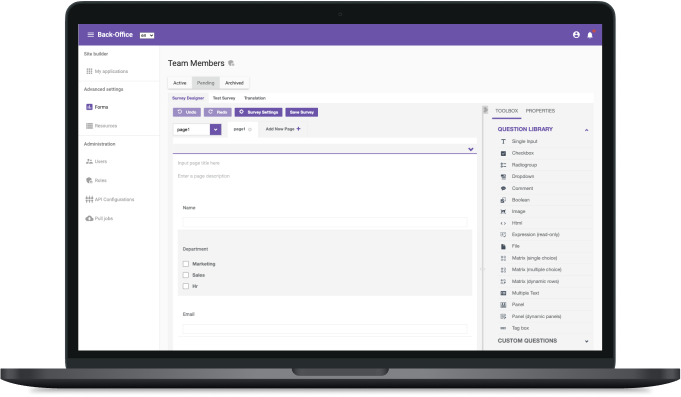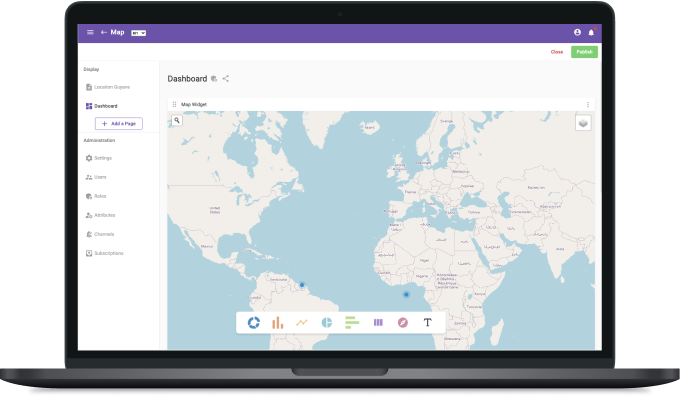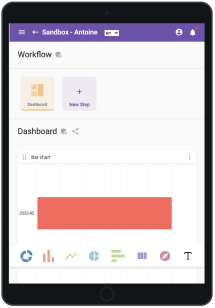Introduction
Welcome to Oort.
You can find on this page links to tutorials, basic features, how to guide and advanced features documentation.
📄️ Tutorial
Tutorial to learn the platform step by step.
📄️ How-to guides
Short guides to learn quickly the basics.
📄️ Features list
Advanced documentation sorted by feature.
What is Oort ?
Oort is a complete Data Management System which helps you to manage the whole data cycle:
|
Organizations have different data to manage, which can range from employees, over finances to products and so much more.
Keeping track can become overwhelming and time consuming.
Data sets often overlap between different departments across the organization and we may have employees connected to HR, finance, logistics, product and much more.
Data can be used in a lot of different ways: collect, store, analyse, share...
What can oort do for you ?
Save time and resources by allowing non technical staff to build their own Data Solution.
Centralised
|
App builder
|
Specialized
|
User friendly
|
Only one tool to build your own data cycle.
Features
Create forms
 |
|
Collect Data
|
Analyse
 |
|
Build Workflows
|  |